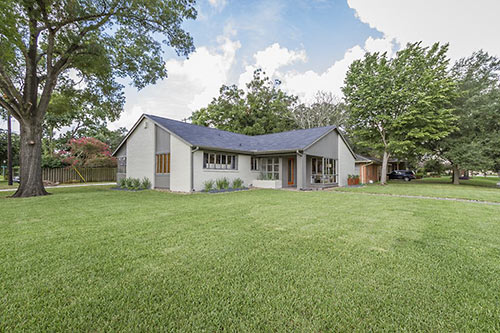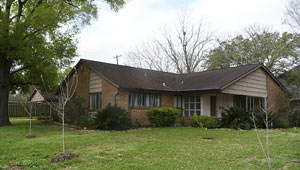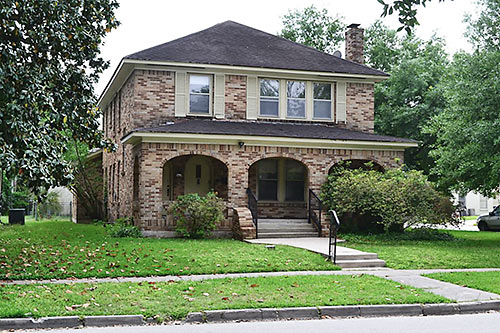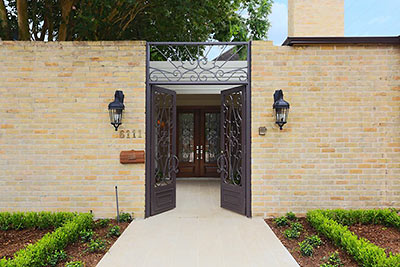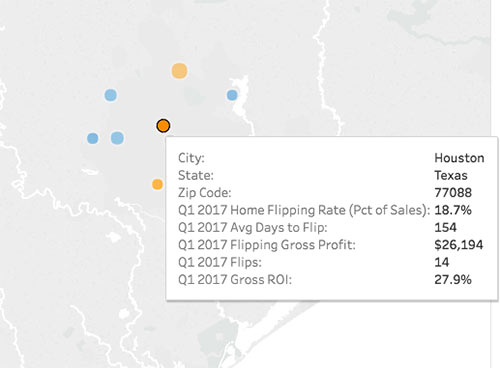
Houston doesn’t show up anywhere in Attom Data Solutions latest rankings of the nation’s home-flipping hotspots, but zoom into the heatmap accompanying the company’s first-quarter report and you’ll find some interesting neighborhoods highlighted. Attom defines a home flip as a single-family home or condo that sells twice within a 12-month period in arms-length transactions (as recorded in public sales deeds). From January through March of this year, it counted 14 flippy transactions in the 77088 Zip Code — which is bounded roughly by I-45, W. Little York, the Tomball Pkwy., and Houston-Rosslyn Rd. and includes Acres Homes — accounting for 18.7 percent of sales in the area — the highest percentage in Houston. Next-strongest home-flipping hotspots: 77096 (Meyerland and Westbury), with 10 flips accounting for 13.7 percent of sales; 77089 (Southbelt and part of Pearland) also with 10 flips totaling 12.2 percent; 77373 in Spring with 22 flips (but only reaching 11.6 percent); and 77018, (Garden Oaks and Oak Forest), which saw 11 flips, or 9.4 percent of that area’s transactions.


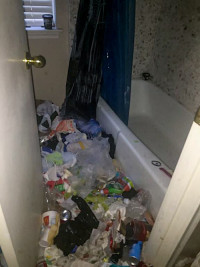 ” . . . You’ve got to fill two dumpsters with trash, rip out the carpet, probably all the sheet rock at this point (to get rid of the urine smell that is probably in there), bleach clean the studs, probably sand and refinish the wooden floors downstairs to address pet stains. The bathrooms could use an update. Still though, good profit at that price, but I’d say you’ve three to four months’ work to get it onto the market — plus however much it costs to get a hacker to remove all internet traces of this listing and the photos.” [
” . . . You’ve got to fill two dumpsters with trash, rip out the carpet, probably all the sheet rock at this point (to get rid of the urine smell that is probably in there), bleach clean the studs, probably sand and refinish the wooden floors downstairs to address pet stains. The bathrooms could use an update. Still though, good profit at that price, but I’d say you’ve three to four months’ work to get it onto the market — plus however much it costs to get a hacker to remove all internet traces of this listing and the photos.” [

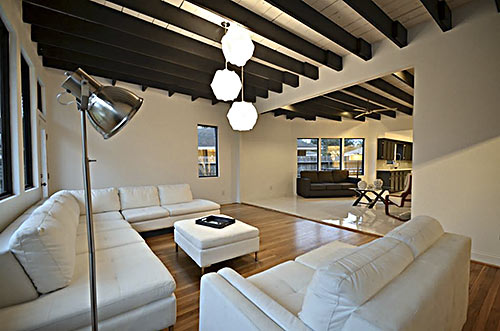
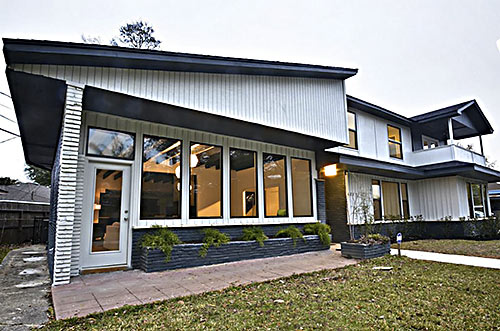
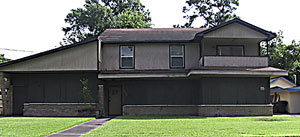

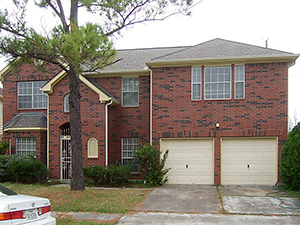

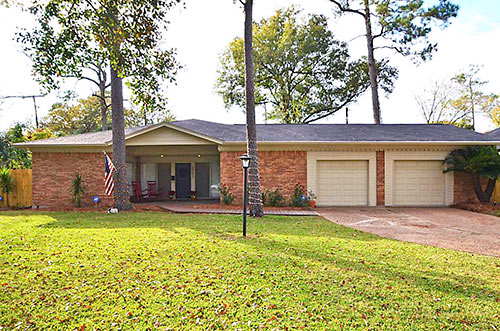
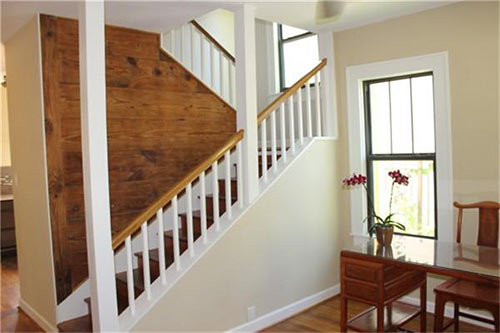
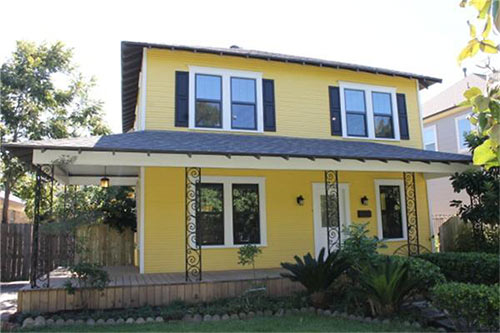
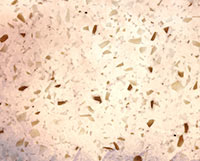 Poured terrazzo floors like those in that house are nowadays so astronomically expensive that the only new residential construction they are seen in today are high-end, architect-designed custom homes built for extremely wealthy people.
I wonder if people who replace poured terrazzo floors with hardwood, travertine, or whatever realize that they are discarding something very expensive for something much cheaper.
It even makes business sense. Even flippers could increase their profit margin if instead of replacing terrazzo, they just educated their buyers about how valuable these floors are. (Things that are revealed to be rare, expensive, and hard to replace have a way of magically becoming very attractive).” [
Poured terrazzo floors like those in that house are nowadays so astronomically expensive that the only new residential construction they are seen in today are high-end, architect-designed custom homes built for extremely wealthy people.
I wonder if people who replace poured terrazzo floors with hardwood, travertine, or whatever realize that they are discarding something very expensive for something much cheaper.
It even makes business sense. Even flippers could increase their profit margin if instead of replacing terrazzo, they just educated their buyers about how valuable these floors are. (Things that are revealed to be rare, expensive, and hard to replace have a way of magically becoming very attractive).” [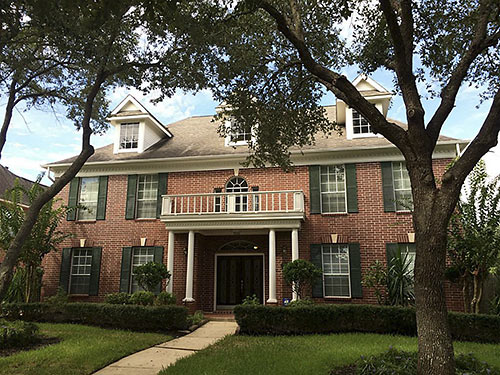
 As Swamplot reader Tawnya
As Swamplot reader Tawnya 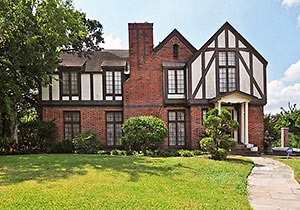 This 1930 brick and half-timbered 4-bedroom home on Riverside Dr. in Riverside Terrace
This 1930 brick and half-timbered 4-bedroom home on Riverside Dr. in Riverside Terrace 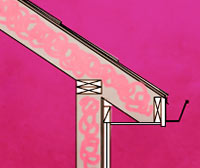 “The most value in a flipped home is found in the hidden improvements: foundation, insulation, wiring, plumbing, structural integrity, weatherization, HVAC upgrades, etc. However, HAR only shows cosmetic pics and details. I agree with
“The most value in a flipped home is found in the hidden improvements: foundation, insulation, wiring, plumbing, structural integrity, weatherization, HVAC upgrades, etc. However, HAR only shows cosmetic pics and details. I agree with 